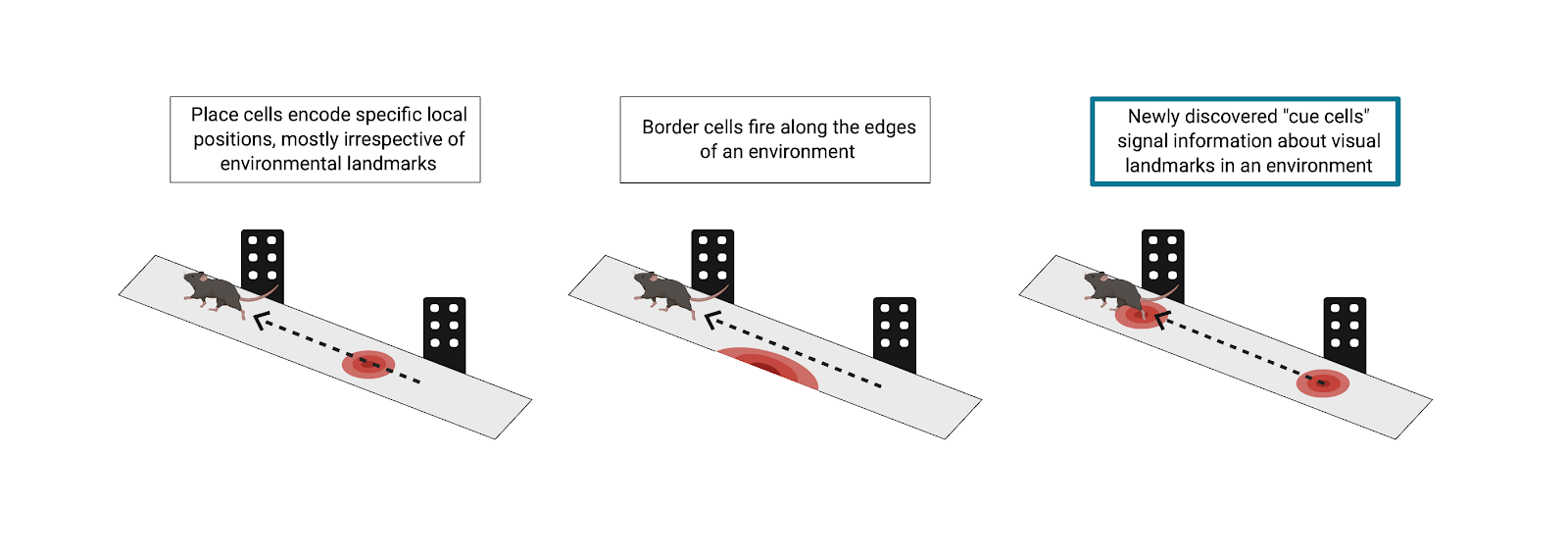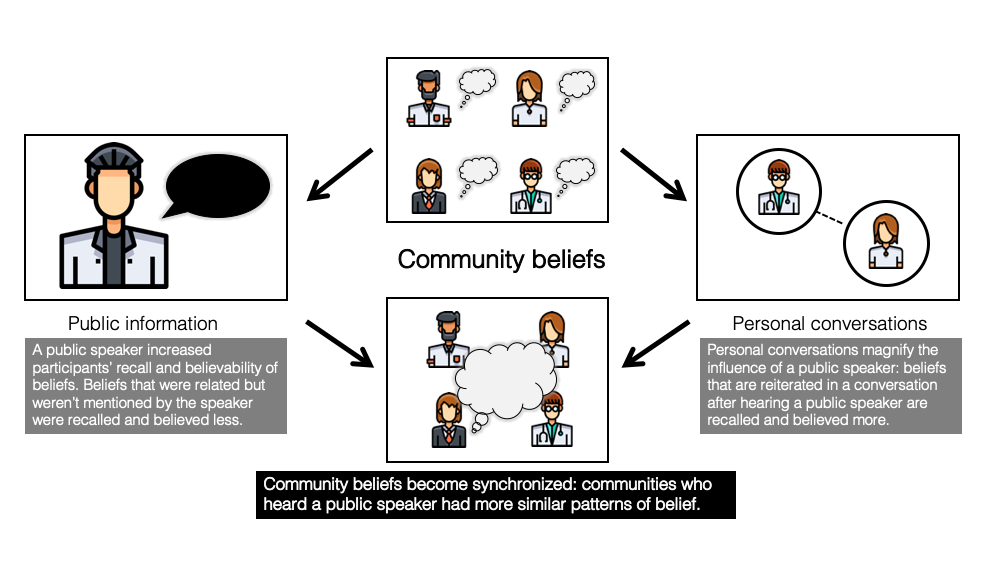Review written by Sara Camilli (QCB) and Adelaide Minerva (PNI)
As we go about our daily lives, we often do not consciously think about all the real-world landmarks that we use to position ourselves in space. Yet, as we walk to our local coffee shop or go for a jog in the park, our brain is continuously updating its internal representation of our location, which is critical to our ability to navigate the world. However, we also know that humans and a number of animals can update this internal representation of their position in space even in the absence of external cues. This phenomenon, known as path integration, involves interaction between the parietal cortex, medial entorhinal cortex (MEC), and hippocampus regions of the brain. Prior work has shown that grid cells in the MEC have firing fields that are arrayed in a hexagonal lattice, tiling an environment. Further, there is evidence of inputs to the MEC that encode the velocity at which an animal is moving, which can be used to update the animal’s internal representation of its position. Together, these features support a role of the MEC in path integration.
Continue reading

